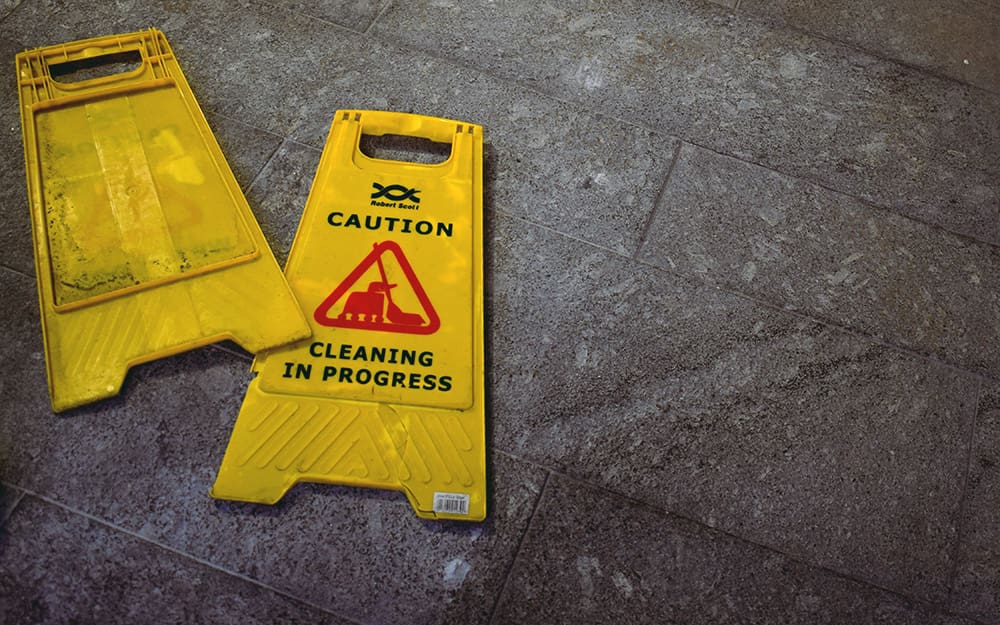
Is the science of crystals a real thing? Crystals have received unprecedented attention in recent years, rooted in their purported energetic properties. Wellness influencers and holistic health practitioners alike tend to swear by the potential healing power of crystals for everything from stress relief to spiritual growth. But where is the science on these claims? Do crystals really possess energetic properties, or is it all belief and placebo? These questions can be answered only by exploring the science of crystals, digging into how these minerals form, and investigating both the metaphysical and scientific arguments behind their reputed powers.
The Science of Crystals: Structure and Formation
Crystals are solids in which the atoms are ordered in highly regular, repeating patterns. It is the internal structure that accounts for their characteristic shapes and gives a mineral like quartz, amethyst, or diamond both beauty and geometrical complexity. Scientifically, a crystal is defined by the regularity of its atomic lattice-whether cubic, hexagonal, or other.
The science of crystallography, which is the study of crystal structure, teaches that the crystal lattice atomic arrangement contributes to its physical and chemical properties. These are indeed responsible for most practical applications in modern technology, including such topics as electronics, optics, and materials science. An example would be quartz crystals found in watches because of their piezoelectric properties in the way these elements can generate an electric charge after mechanical stress has been applied.
Crystals form naturally under various geological conditions: cooling of molten rock, evaporation of water, or slow crystallization of mineral-rich solutions. Each of these processes was, however, controlled by time, temperature, and environmental conditions. That has resulted in a great amount of variation in crystals having different structures and properties.
Why Do People Believe Crystals Have Energetic Properties?
It is, in fact, the belief in crystals being able to possess energetic properties that stands on the basis of very ancient traditions in metaphysical philosophy. As early as in Ancient Egypt, Greece, and China, there was a very strong belief in the healing powers of crystals. They used them in rituals, amulets, and medicine. For example, in Hinduism and Buddhism, it is believed that crystals like quartz align with chakras, or energy centers in the body, thus helping to balance the body.
Proponents of crystal healing in modern times say that crystals interact with the electromagnetic field or “aura” in one’s body. This field, if metaphysical belief is to be followed, can be influenced by vibrational energy from the crystal to cause benefits all the way from emotional healing and stress reduction to physical wellness. Crystals are most commonly differentiated based on their alleged energetic uses, in that amethyst helps with calming and spiritual growth, rose quartz helps with love and emotional healing, and black tourmaline helps to protect against negative energies.
Crystals and Vibrational Energy
One of the key concepts of crystal healing involves the belief that crystals possess a unique vibrational frequency. Quantum physics suggests that everything has a vibration or an energy field, given that atoms and subatomic particles are constantly in motion. Proponents of crystal healing feel that every crystal has a different structure of its molecules, which would give it a specific frequency that may interfere with the frequencies of the human body.
This does have some scientific basis, even while the particular claims of the crystal healers are speculative. That is, everything in the universe does vibrate on some level, and certain materials-quartz, for example-have measurable vibrational frequencies that can be harnessed in technological applications. The piezoelectric effect in quartz allows it to convert mechanical stress into electrical energy; the principle is useful in electronic devices such as radios, clocks, and computers.
It is the leap from this scientific fact to the idea that crystals can heal the body by influencing its vibrational energy where it treads the thin line between science and belief. However much one can take advantage of the vibrational properties of quartz in technologies, there is little scientific evidence that crystals directly impact the human body as described by metaphysical practitioners.
The Placebo Effect
Another essential factor to consider in any attempt to explain why crystals apparently seem to work in the lives of some people is what is called the placebo effect. This is a psychological phenomenon whereby there is a real improvement in the condition of a patient simply because he believes the treatment is effective, even when it is devoid of active ingredients. Belief really plays a big role in the perception of one’s well-being, pain, or mood.
Many researches have indeed proved that a placebo effect may be very strong, particularly for subjective areas such as pain relief, anxiety, and even the management of stress. Those who would believe in the energetic properties of crystals in the context of crystal healing may derive actual benefits, be it a reduction in stress, a feeling of peace, or emotional healing, because their belief influences their mental and emotional state.
Crystals in Modern Science and Technology
While crystals might not possess the mystical healing powers that some attribute to them, it is rather undeniable that they are quite fundamental to modern science and technology. Crystals like silicon and quartz form the base for electronics and telecommunications. For example, quartz is used in making oscillators applied in watches, radios, and computers. Liquid crystals find applications in display screens, and synthetic diamonds find applications in industrial processes because of hardness and thermal conductivity.
These applications of crystals are rooted in well-understood principles of physics and chemistry. Scientists and engineers exploit unique properties in order to solve problems and create technology that power our modern world.
The Intersection of Science and Belief
Ultimately, the science of crystals tells us that these naturally occurring structures possess remarkable properties, but not necessarily the kind of energetic healing powers claimed by crystal healing advocates. As much as the concept of vibrational energy in crystals is scientifically valid in given contexts, related to health and wellbeing, it currently does not have robust evidence to support its claims. Thus, the placebo effect and personal belief are major reasons why many people find comfort and benefits in the use of crystals.
To those who believe in the energetic properties of crystals and the science of crystals, there could be some sort of psychological and emotional benefit to the practice, even though the mechanism behind this is not understood by science.
Ultimately, the science of crystals-whether as a catalyst for healing, personal transformation, or even scientific inquiry-applies to individuals from very diverse cultural and ideological backgrounds. Whether viewed as energetic tools or geological marvels, there can be little denial of their eternal appeal.
Have some ideas to share about the science of crystals? We’d love to hear from you. Contact us today to continue the convo.



















